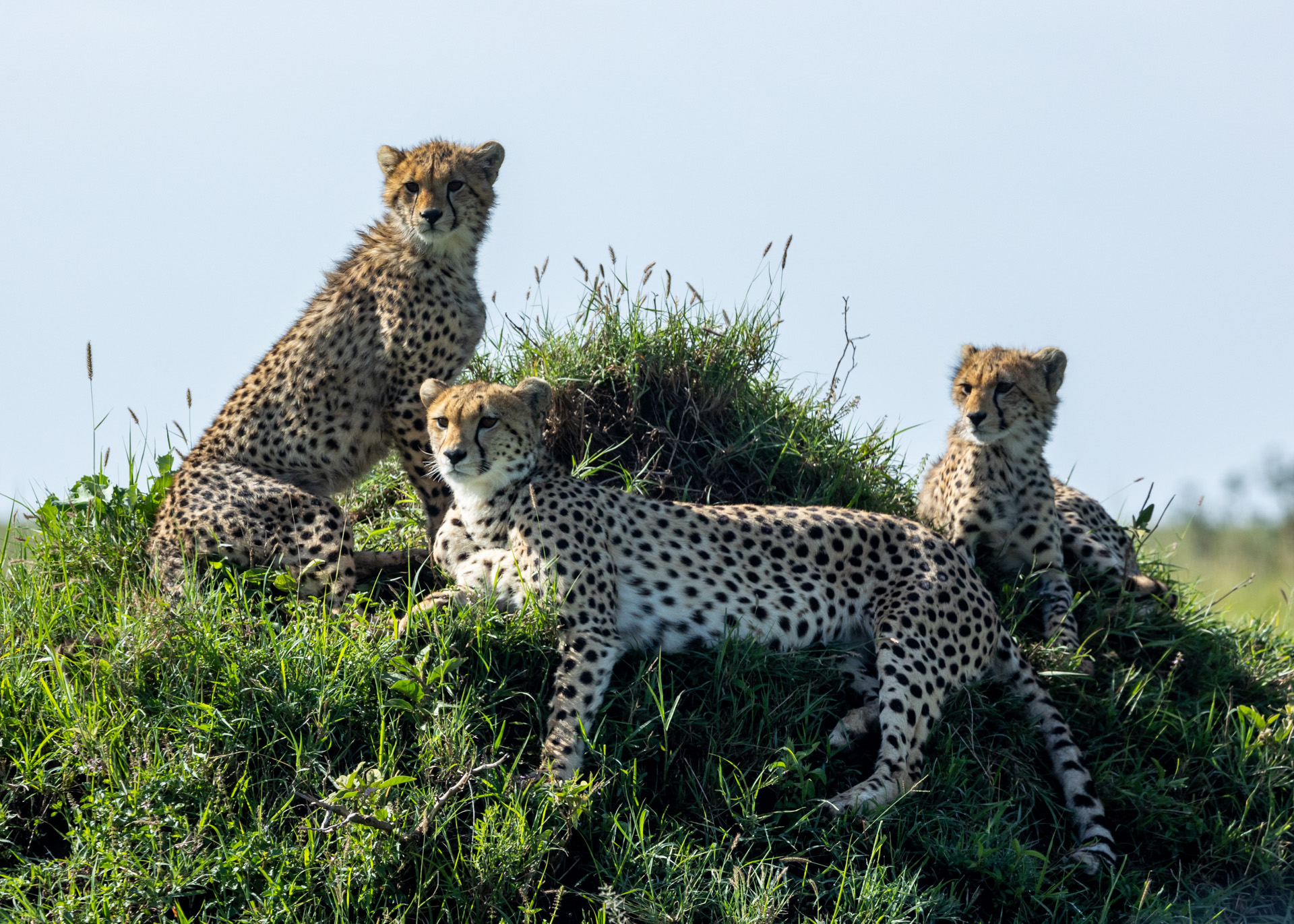
When it comes to a leopard's diet, anything goes. These cats are not picky in the slightest and can feast on almost anything that comes their way, from insects to full-sized antelopes. Our not-so-shy Nadallah is one such example as we have seen her feeding on the likes of mongooses and serval cats. I drove down the escarpment early in the morning after the previous day's reports from our guides that Nadallah had made a kill. As you'll see, I didn't have to go far.
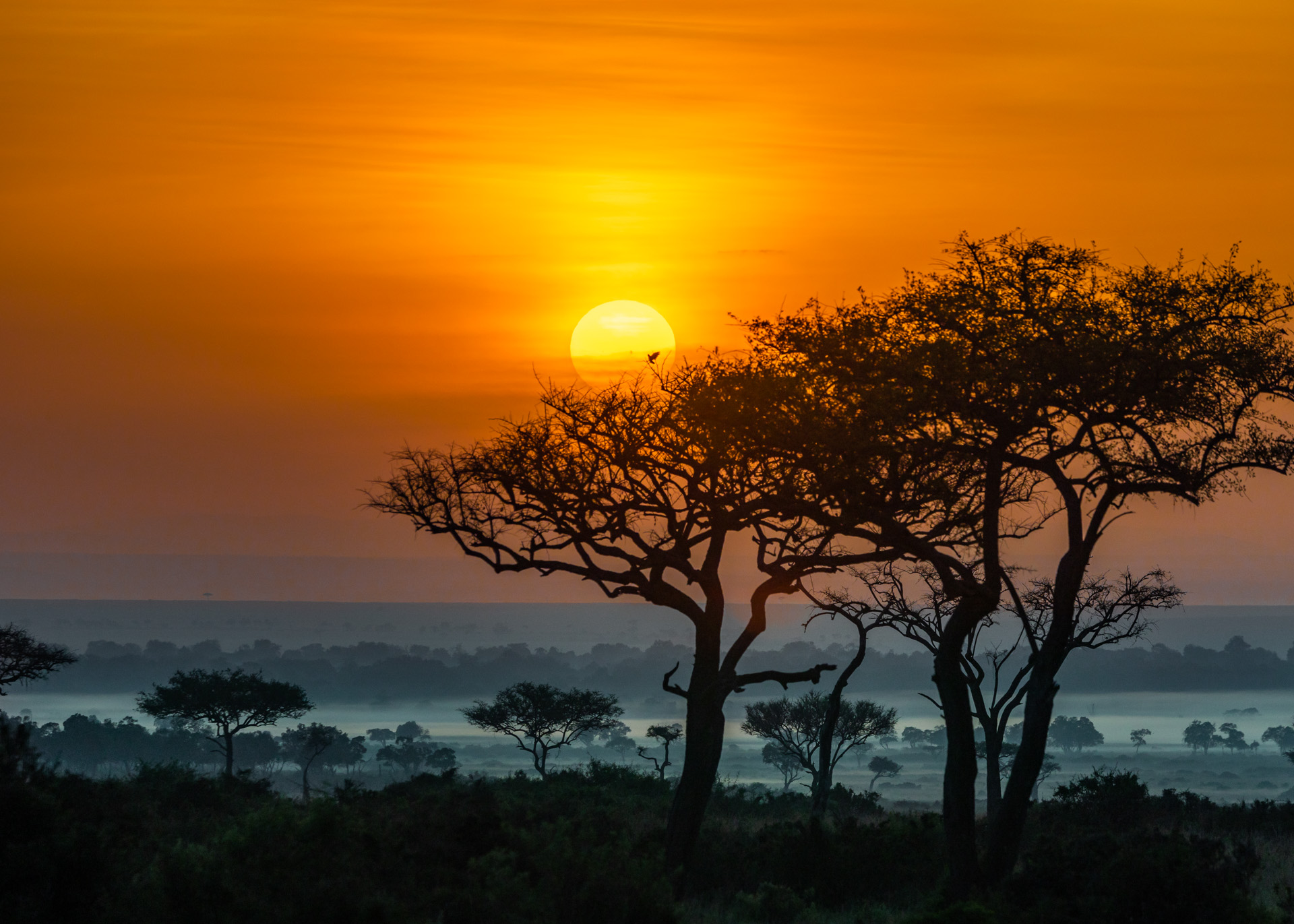
She had managed to kill a serval cat the day before and hoisted it up a tree. From a distance, we watched her perched atop the tree with her kill just next to her. Moments later, she came down and we sat patiently knowing she would eventually scale up the tree again. A herd of elephants were making their way straight towards her chosen tree and I set my camera ready to capture the ascent; she killed yet another serval and made her way up with the second to avoid the passing elephants.
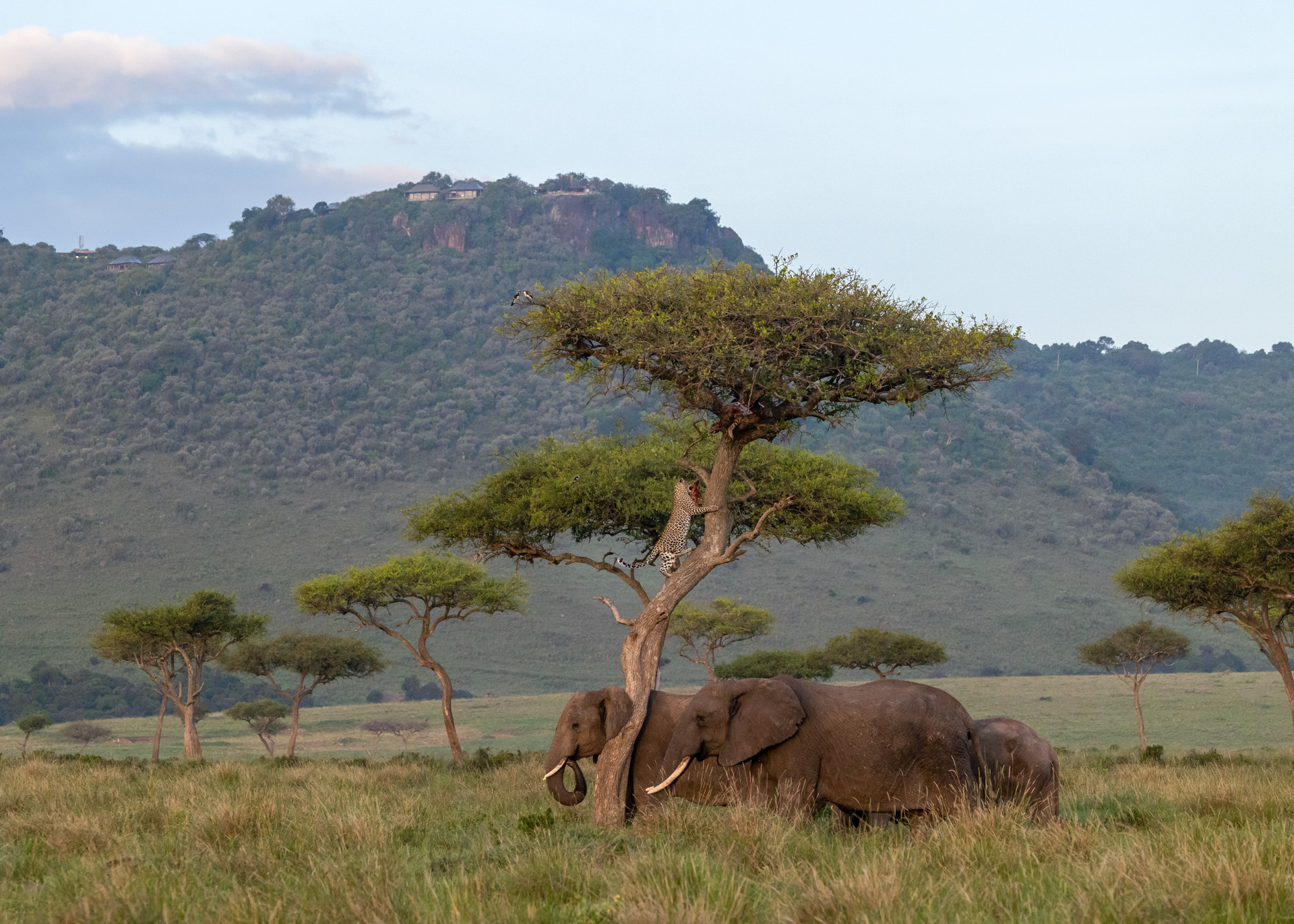
After the herds of elephants had passed, she descended the tree again and started rummaging through the bush as we waited for a clear glimpse — a good snap in the golden light. Without warning, another serval bolted out from the bushes not far from where Nadallah was and a chase ensued. Everyone gasped and cheered on the lesser cat. To everyone’s relief, the serval got away by the hair of its tail. Nadallah is every mongoose and serval's worst nightmare right now.

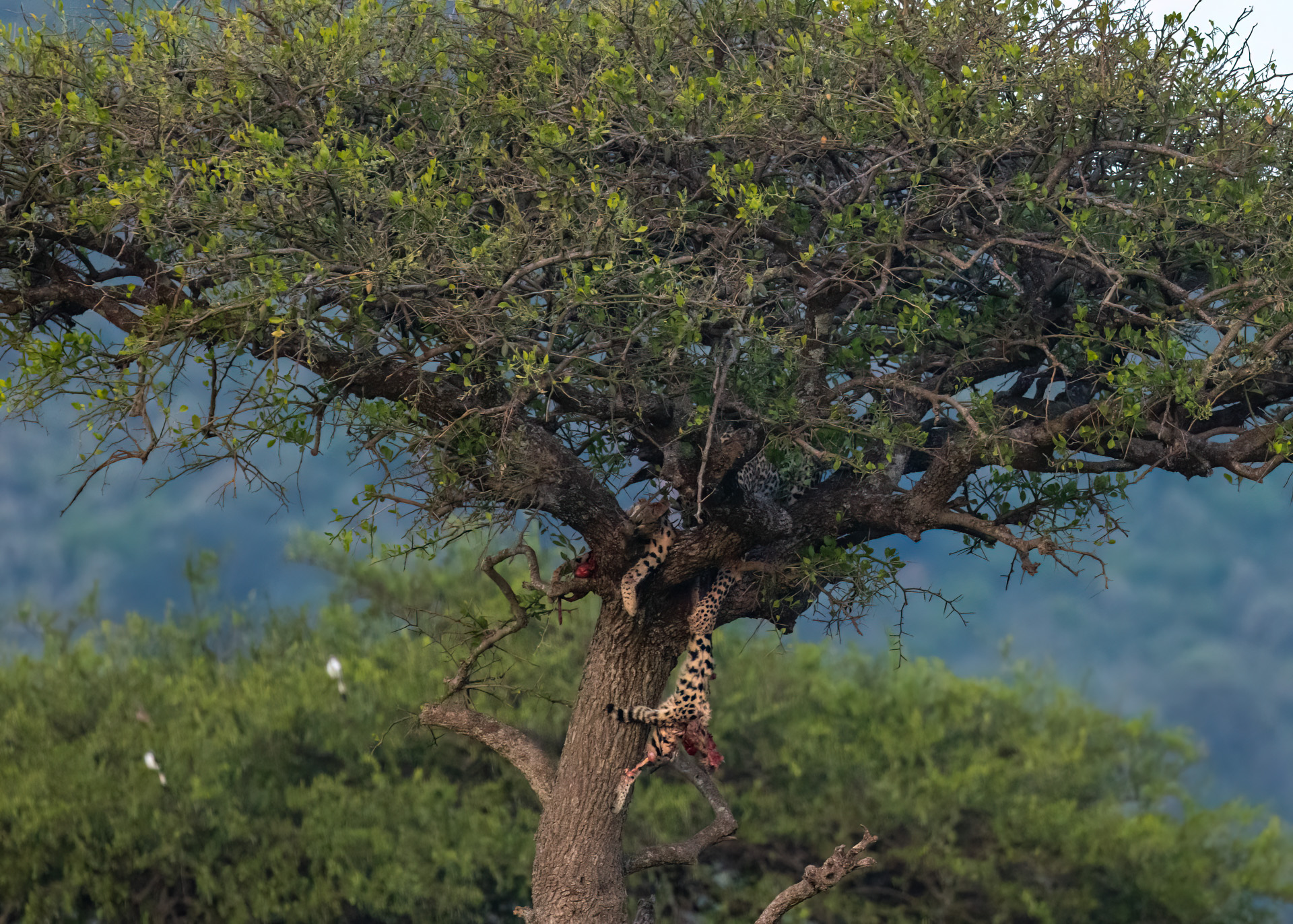
For any of you still doubting that leopards will go for anything, Angama guide Douglas Onsongo ventured beyond the Mara Triangle to the other side of the Reserve this week where he encountered a young female leopard about the same age as Nadallah stalking her prey. The cat dove into the bushes only to emerge with a jackal in its life-ending jaws.
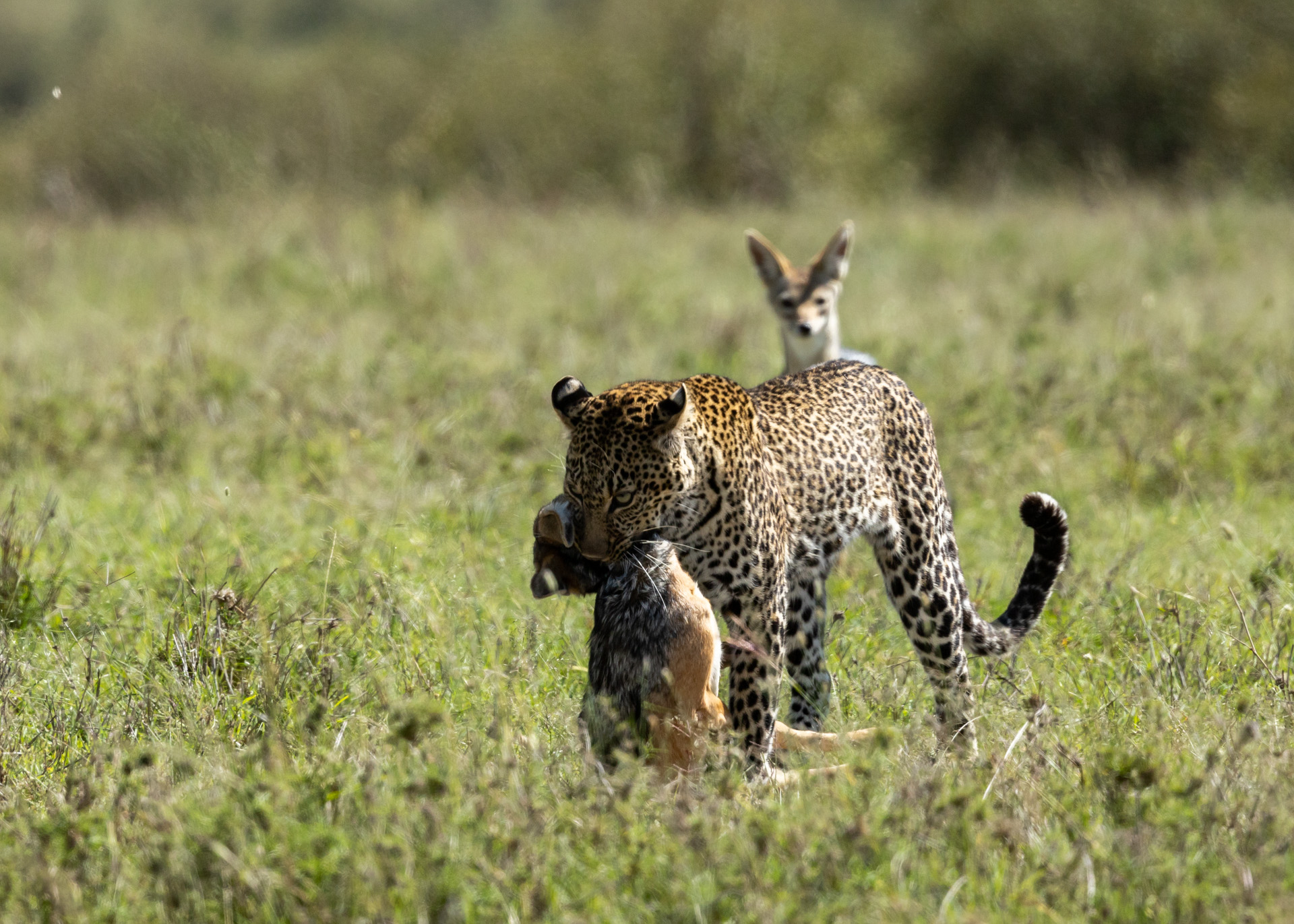
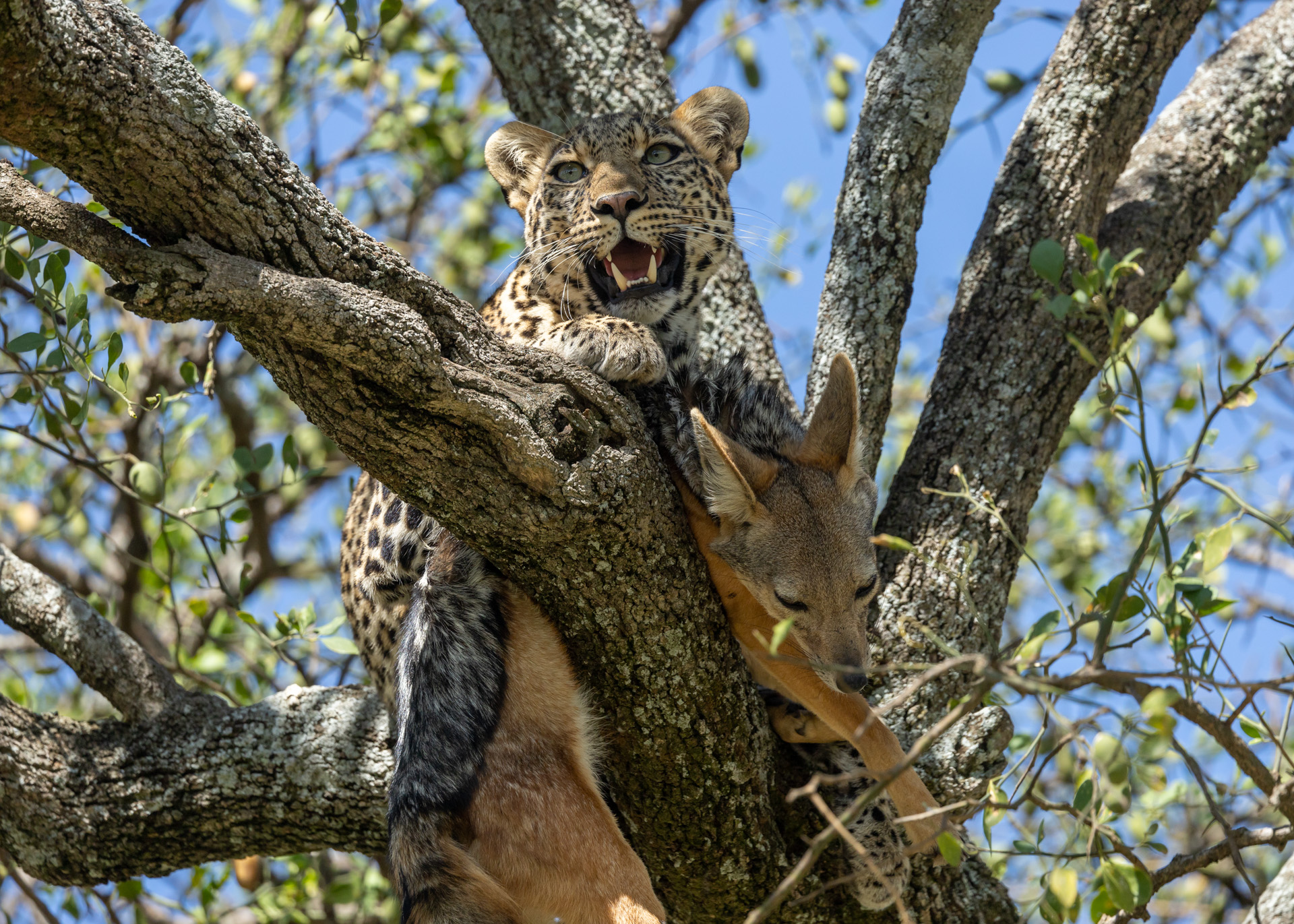
The master huntress that is the lone Angama Pride female was up to her usual tricks this week: hunting zebras. She has made the area just below Angama her preferred hunting ground as she takes down one zebra after another. On a drive one morning we saw her without her cubs coming from Shieni bridge, heading to her special territory. It was early in the morning and knowing her too well, we knew she would go for one somewhere in the middle of the day.
True to form, a few of Angama's guides witnessed her taking down a zebra at around 12:30 pm in the heat of the day. Johnny was able to capture it all on camera. Patience is her strongest virtue, inching ever closer while perfectly camouflaged in the grass. She can stalk for hours under the intense heat, thus her high success rate.
Social animals, lions do well in groups of related individuals with their offspring. But for the lone Angama lioness things are different and she has had to work solo to ensure her survival and that of her four cubs. With the recent introduction of her four cubs to meat and blood, she now must hunt, stash her kill and then go collect her litter and lead them to the precious kill, leaving it unattended to prowling and flying scavengers. She cleverly dragged this kill to hide it inside a perch of tall grass; it took her six hours to fetch her cubs and return to it. Hopefully, they enjoyed their meal as quickly as possible — it is inevitable hyenas will pick up the smell in the night.
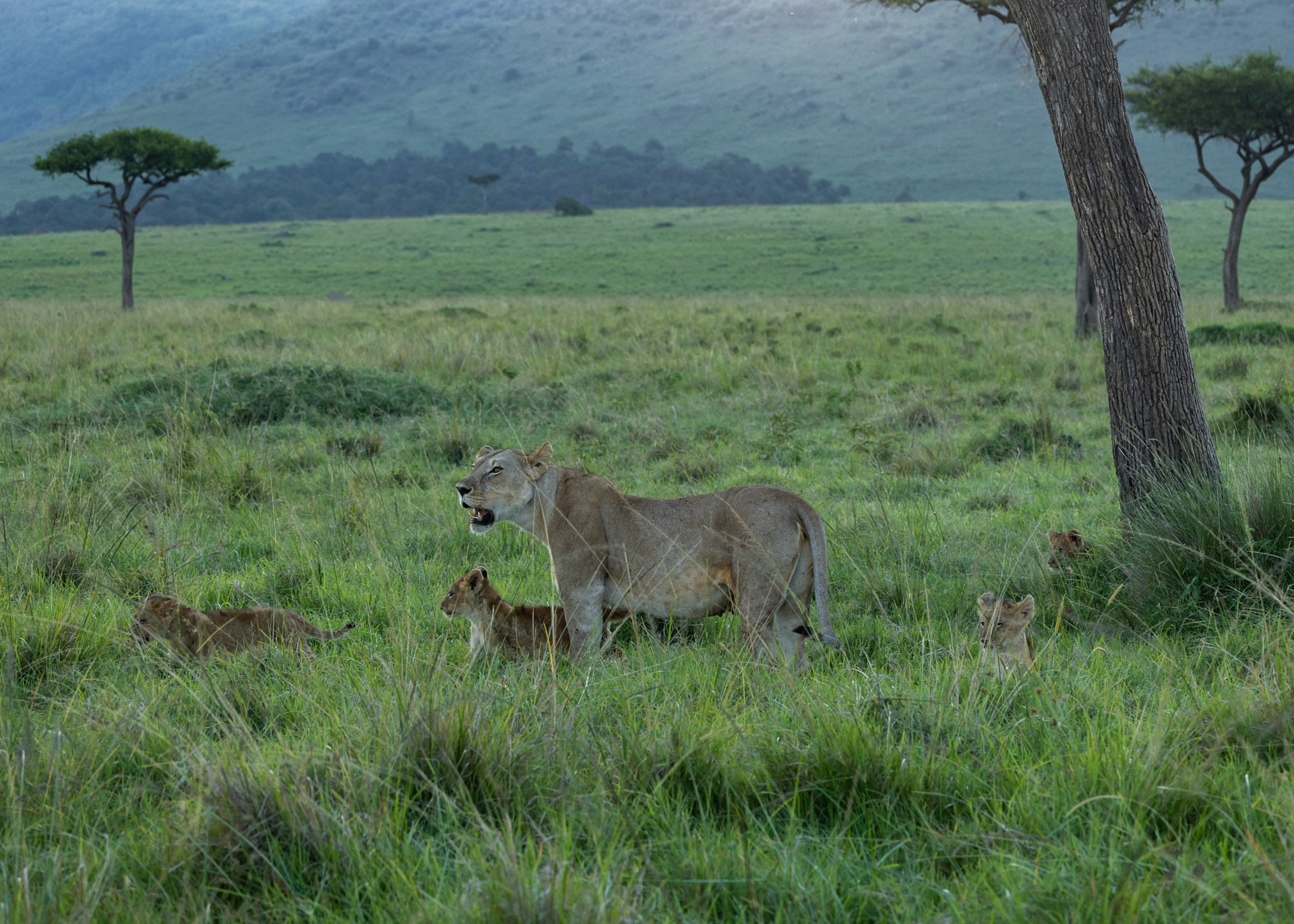
This is an update I wasn’t looking forward to sharing in our blog. Life in the wild is brutal and unforgiving; a single mistake could spell the end of a life. Such is the case for our dear Risasi who has lost a second cub, now down to two. Risasi gave birth to four cubs early June of 2022 making them eight months old now. At this age, the odds of survival for cheetah cubs are almost certain as they can mostly outrun their danger and have learned much from their mother. I captured these photos earlier that day before one of the cubs was taken away from them — there two were males and one female.
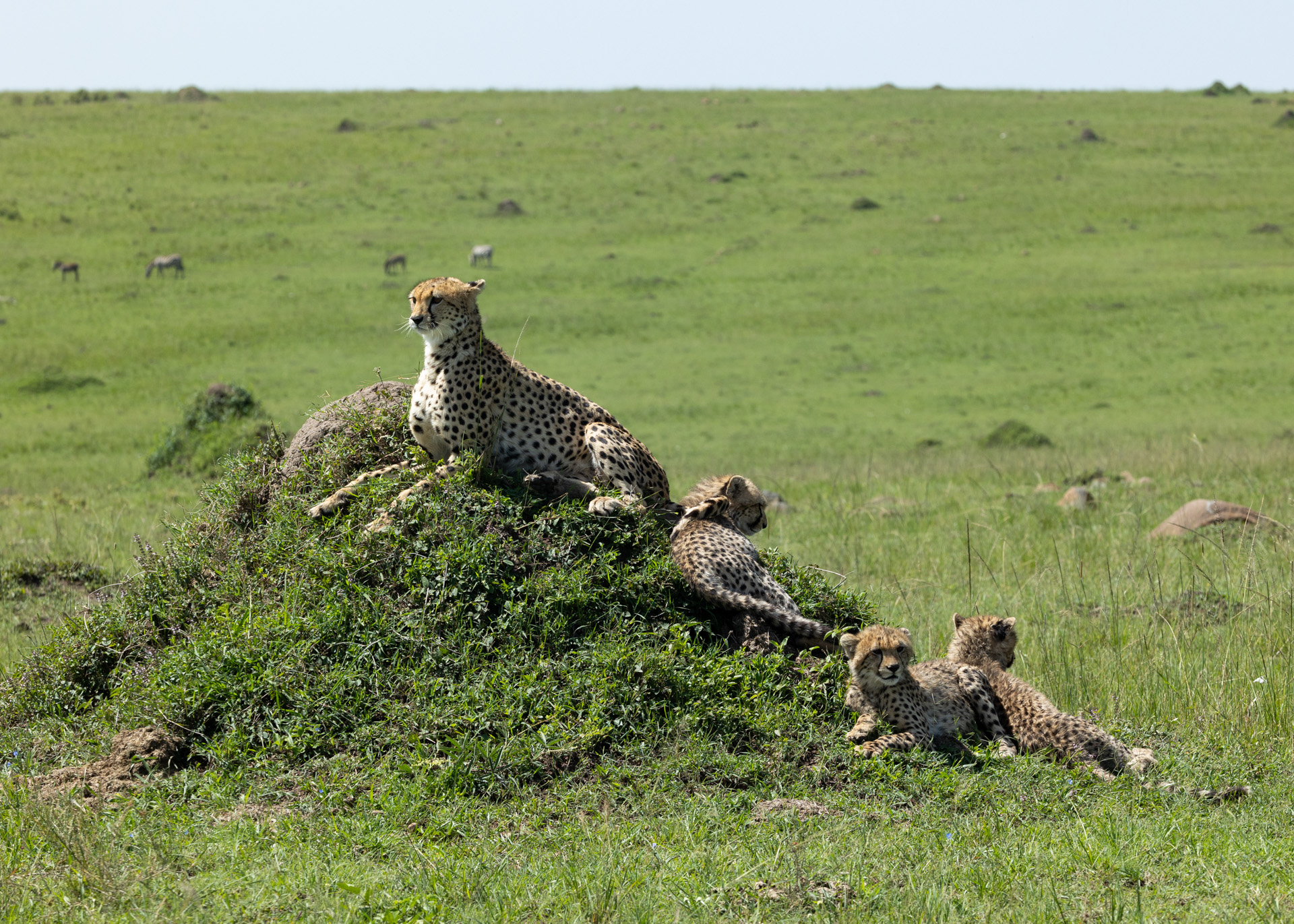
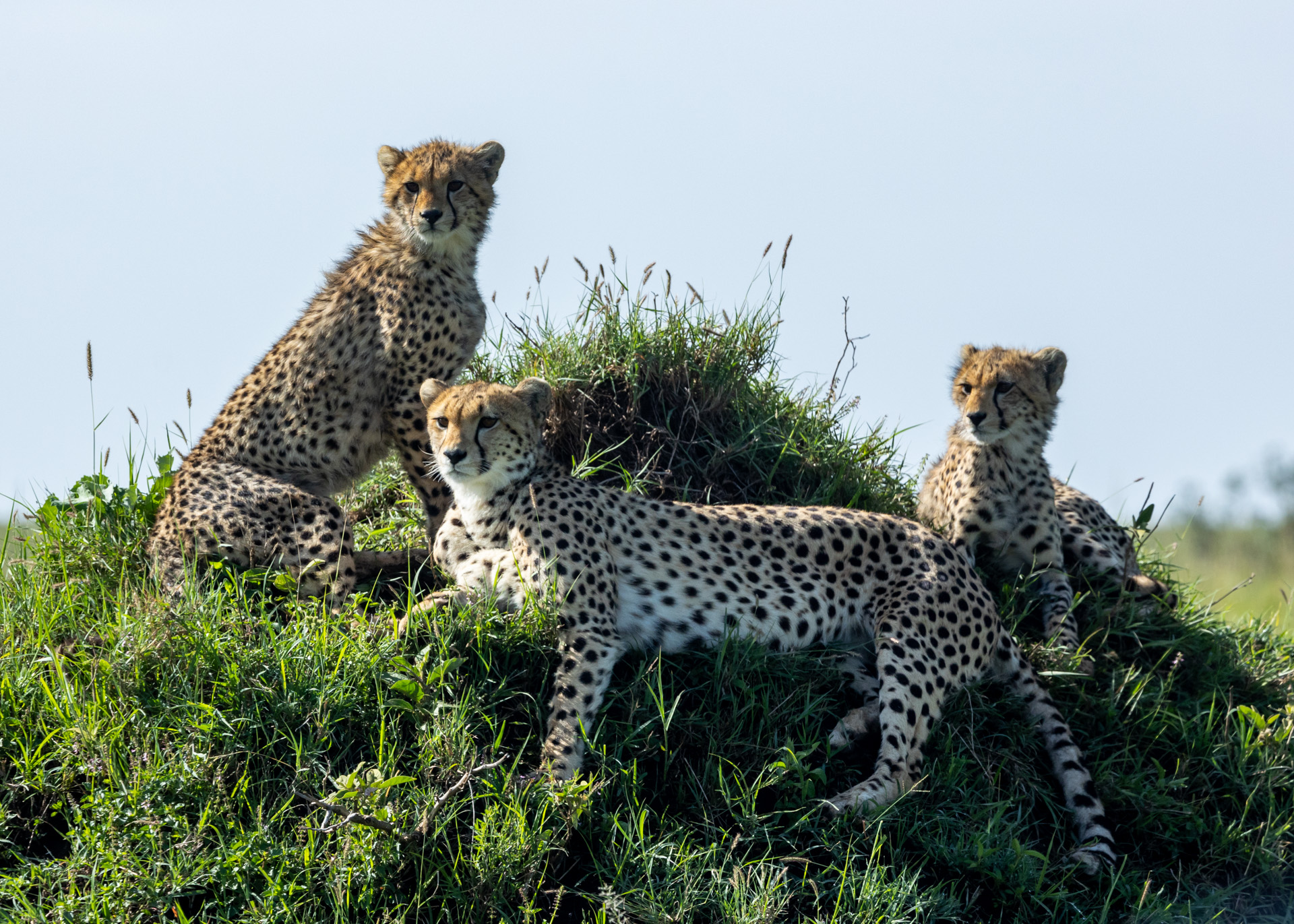
There are many theories circulating in the Triangle as to the cause of death. It happened when Risasi and her cubs were crossing a creek we call 'Maji machafu'. Some guides who were around at the time explained they saw them heading to cross the creek and as they disappeared down, they heard some commotions from below and only Risasi and two cubs appeared on the other side. On closer inspection, they saw the body of the dead cub in the water without the aggressor in sight.
The Mara Conservancy suspects it was a crocodile but we don't know there to be any in that area; a poisonous snake is also unlikely as the effects would not be instantaneous and it couldn't have been a python either as they slowly kill by suffocating their prey, coiling itself around their victim’s body. Our guiding team believes only one could be responsible, which I agree with — a leopard. The creek is well known to be a good area to spot leopards. And so this week's blog may have come full circle.
Some good news: we estimate this little calf to be about two months old. The mom will wean it for two to three years until the next one is born. With an endangered species, this is always a cause for celebration in hopes of their survival.

While these stories have taken up most of the blog, I also wanted to share some smaller sightings from this week (and hopefully leave you feeling a little bit happier).
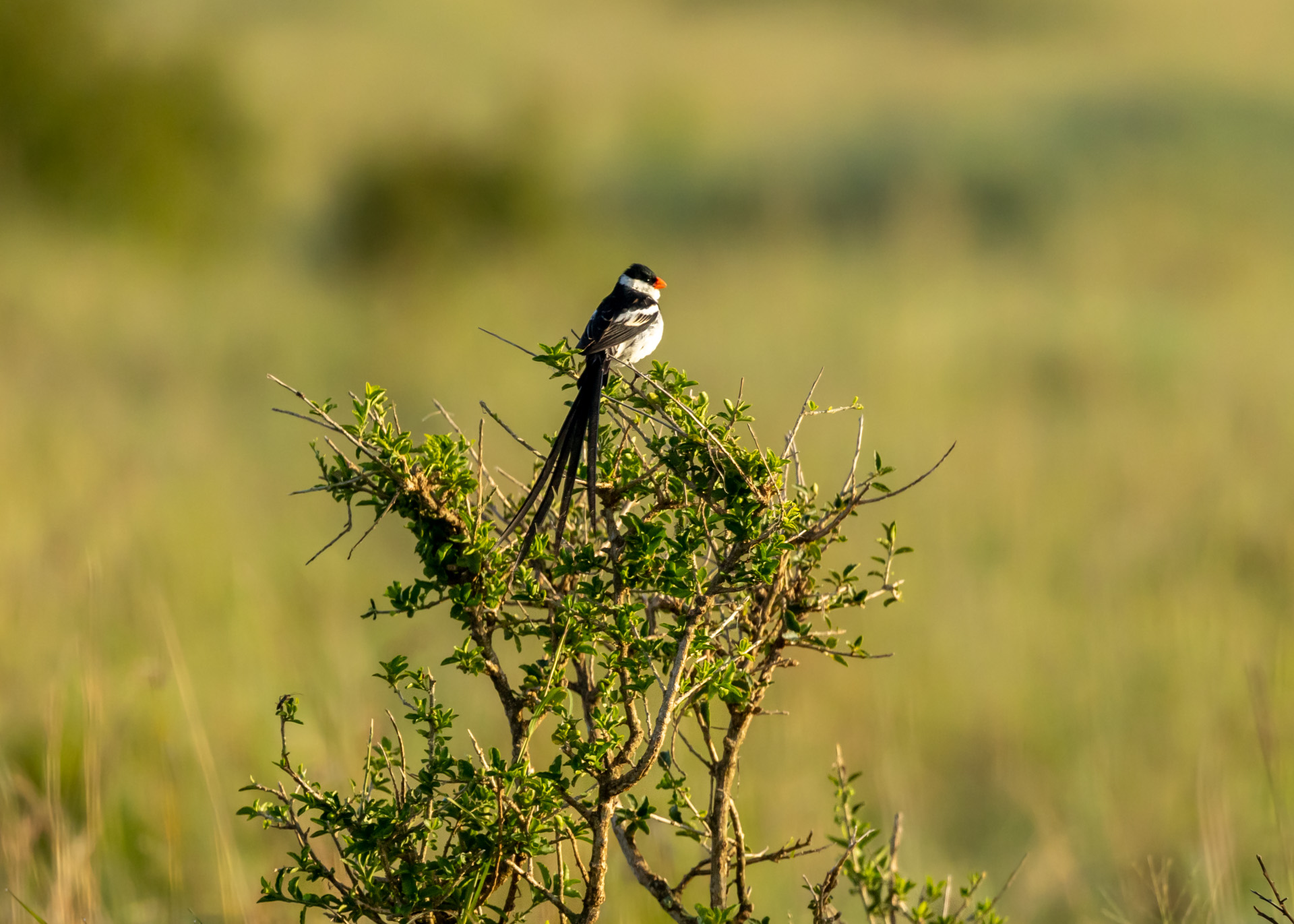
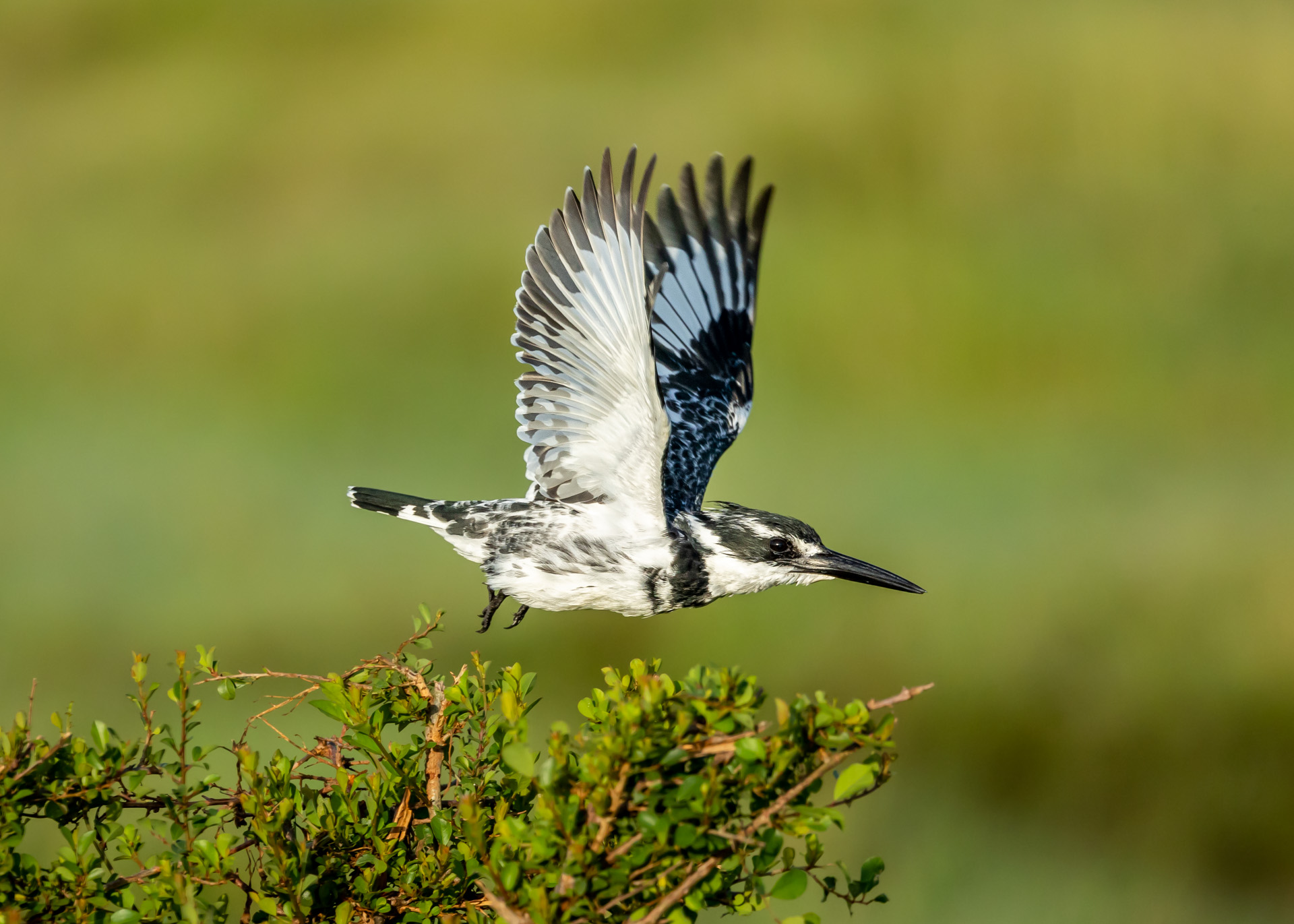
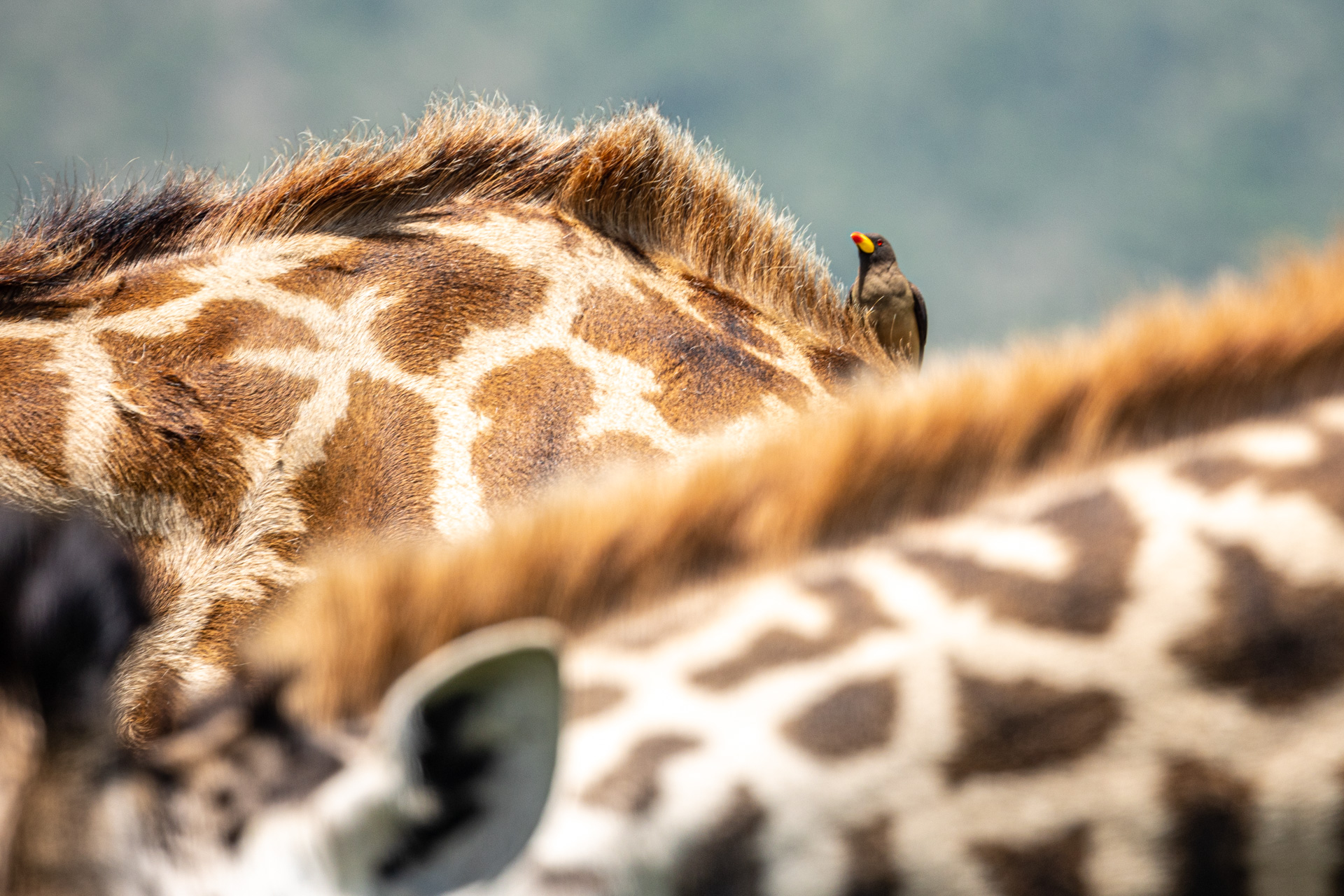
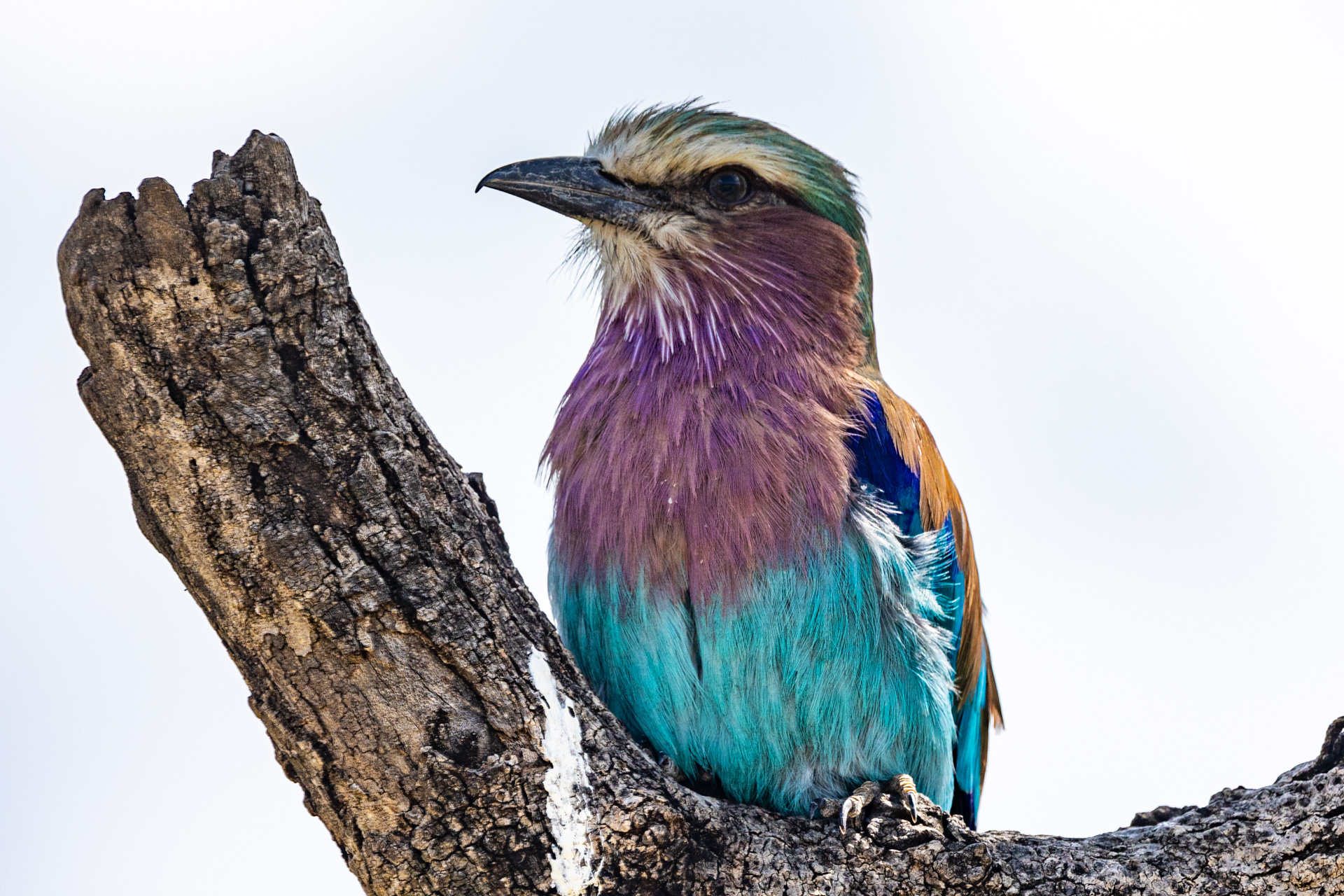
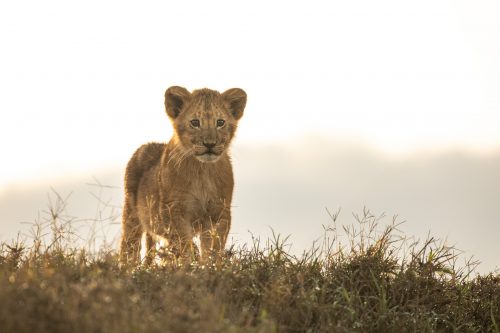
The Egyptian Pride had a darling little cub this time last year who kept us entertained for hours. It also caused some havoc among its pride, irritating some of its aunties and requiring its mother come to the rescue.
Filed under: This Week at Angama
Subscribe for Weekly Stories
Comments (2):
26 January 2023
I have recently spent hours reading, researching and looking at exotic pictures from the Angama website. I eagerly await our family being onsite the week of feb. 16, 2023 to experience the sights, sounds and people of Angama Mara. This much anticipated trip is #1 on my bucket list.

Tented Suites